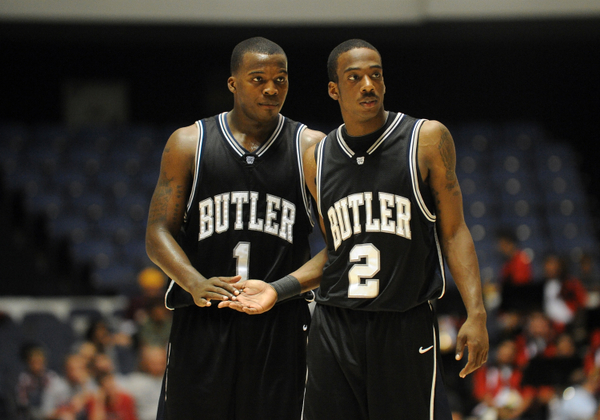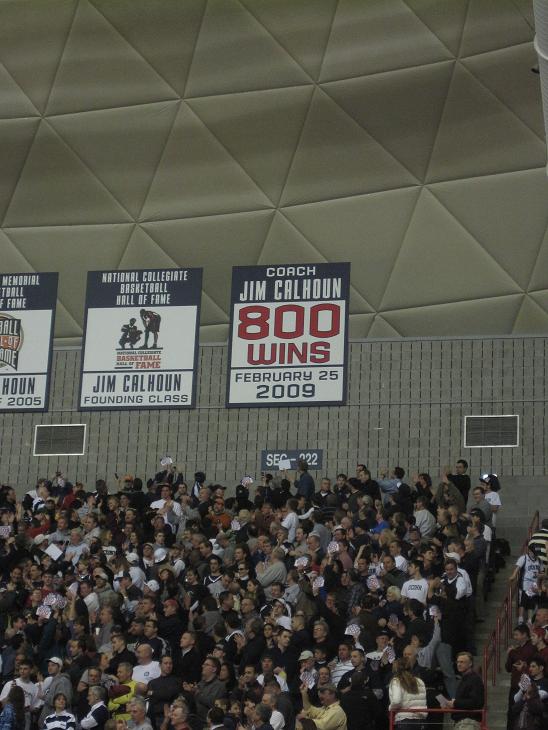NCAA March Madness 75-Year Celebration: Best Players, Teams, Moments From the Big 12
Posted by KoryCarpenter on December 12th, 2012The NCAA may be butchering another investigation, but they did something right on Tuesday. They are celebrating 75 years of March Madness with a list of all-time greats: the best players, teams, and moments in NCAA Tournament history. They aren’t ranked (wouldn’t that be a fun argument?) but there are plenty of arguments to be had by fans, and plenty of memories — good and bad — brought back to life in the lists. This note isn’t Big 12 related but I thought the same thing as our own editors said when I read the list for the first time:
“Shelvin Mack, really?”
With that out of the way, here’s how the Big 12 was represented:
Players
- C Bob Kurland, Oklahoma A&M 1943-46 (now Oklahoma State): Kurland played in the 1945 and 1946 NCAA Tournaments, winning the tournament’s Most Outstanding Player award in 1946. He was a three-time All-American (1944-46) and led Oklahoma A&M to back-to-back NCAA titles in 1945 and 1946, also winning two gold medals as a player.
- F Clyde Lovellette, Kansas 1949-52: Lovellette tells a story about his recruitment in high school. Kansas coach Phog Allen told the Indiana native that if he came to Kansas, the Jayhawks would win the 1952 national title and a gold medal in the Olympics. In 1952, Kansas beat St. John’s for the NCAA title then won a gold medal a few months later. Lovellette was an All-American and led the Big 7 in scoring each of his three seasons.
- C Wilt Chamberlain, Kansas 1956-58: He averaged 29.9 PPG in two seasons in Lawrence and is considered one of the greatest players of all time, making this one of the easier choices for the committee. Chamberlain was named the 1957 tournament’s Most Outstanding Player even though Kansas lost a three-overtime championship game to North Carolina, 54-53.
- F Danny Manning, Kansas 1984-88: Manning’s injury-ridden NBA career sometimes overshadows how great he was in college. He was the 1987-88 Player of the Year as well as the 1988 tournament MOP. He left Kansas as the Big 8’s all-time leading scorer with 2,951 points.











































